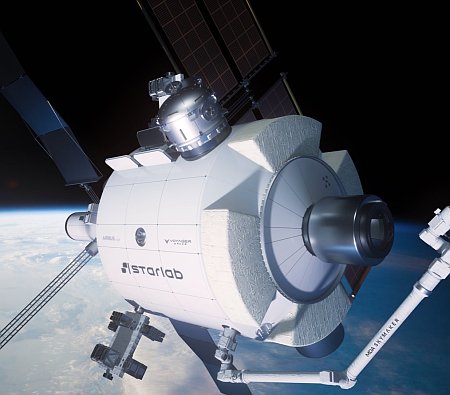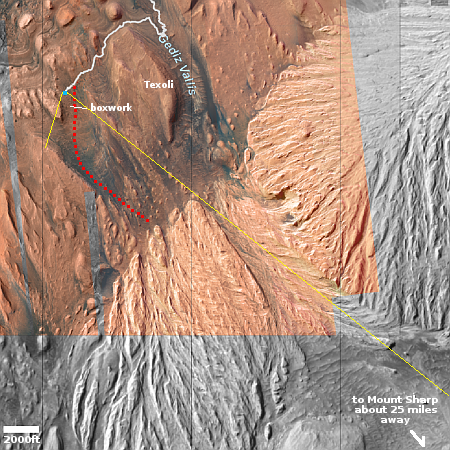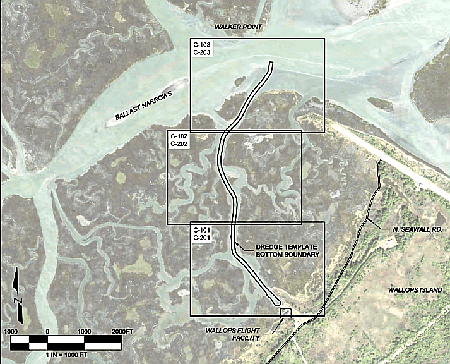Gilmour’s first launch a failure

Click for video, cued to just before launch.
The first launch of the Australian rocket startup Gilmour Space’s Eris rocket ended in failure today when the rocket started drifting sideways after rising about 150 feet and then crashing near the launchpad.
The picture to the right is a screen capture from an independent live steam of the launch posted on youtube by Aussienaut, captured about 20 seconds after liftoff. The red dot indicates the location of the launchpad where the rocket took off to make clear the rocket’s sideways motion. Ten seconds after this, the rocket fell to the ground and exploded.
This launch attempt was the first ever by a private commercial Australian rocket company, so the failure itself is not surprising. It was also the first orbital test launch from a privately owned Australian spaceport. Whether the company has the resources to recover remains to be seen, but I suspect it will try again.

Click for video, cued to just before launch.
The first launch of the Australian rocket startup Gilmour Space’s Eris rocket ended in failure today when the rocket started drifting sideways after rising about 150 feet and then crashing near the launchpad.
The picture to the right is a screen capture from an independent live steam of the launch posted on youtube by Aussienaut, captured about 20 seconds after liftoff. The red dot indicates the location of the launchpad where the rocket took off to make clear the rocket’s sideways motion. Ten seconds after this, the rocket fell to the ground and exploded.
This launch attempt was the first ever by a private commercial Australian rocket company, so the failure itself is not surprising. It was also the first orbital test launch from a privately owned Australian spaceport. Whether the company has the resources to recover remains to be seen, but I suspect it will try again.













